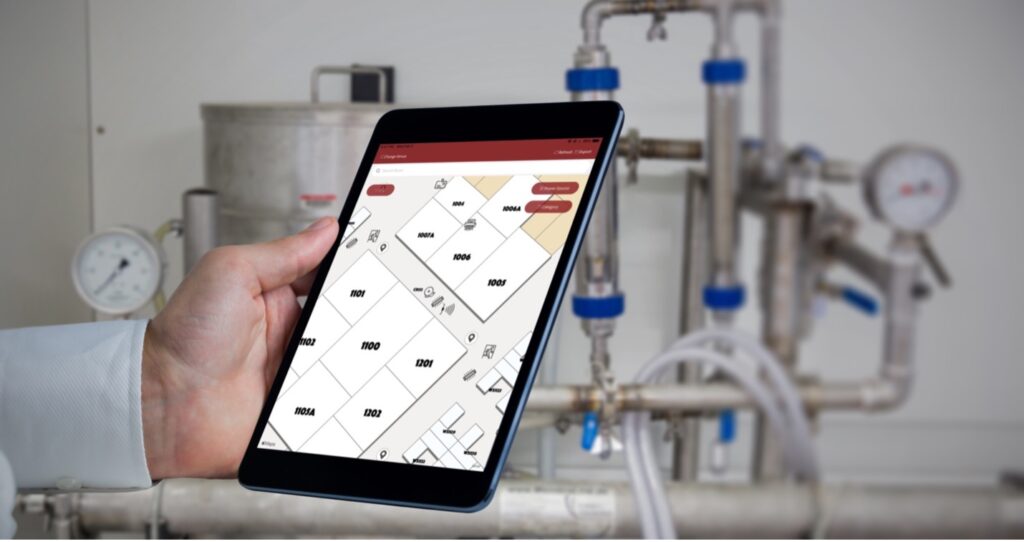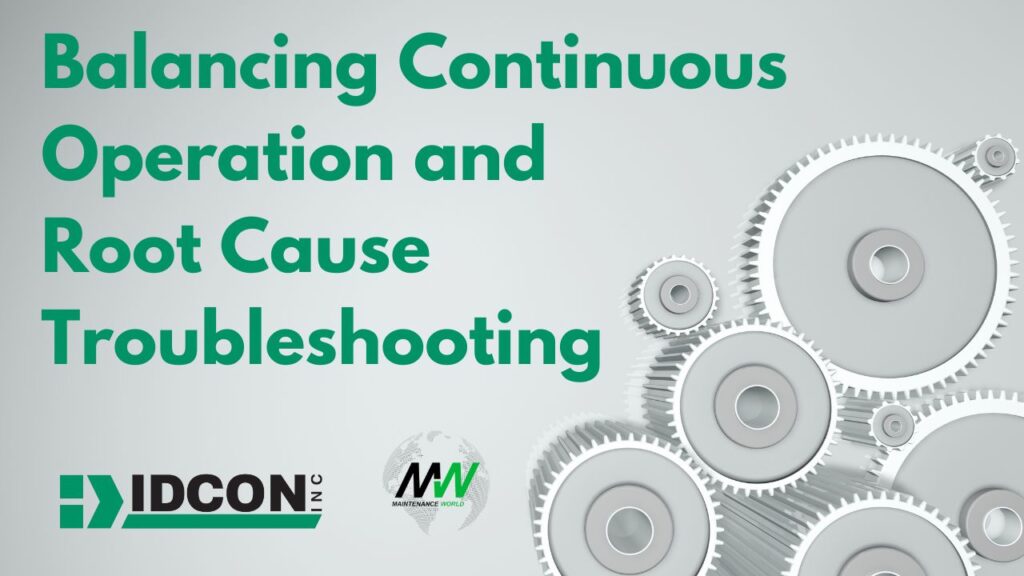
Unpacking Lean Leadership: Part 1
Identifying Lean Manufacturing leadership potential in an organization is essential, but it necessitates effort and focused strategic intent.

Identifying Lean Manufacturing leadership potential in an organization is essential, but it necessitates effort and focused strategic intent.

By integrating data-driven insights with human judgment, Decision Intelligence helps many types of companies navigate complex scenarios, predict outcomes, and implement strategies more effectively. Let’s explore three industries where this technology can make a difference.

Digital maps for plants and factories help employees navigate the facility, track assets, and enable inventory audits for better equipment maintenance are in demand.

In the world of production, the heartbeat of success lies in the delicate balance between keeping equipment running (continuous operation) and diving into the intricacies of troubleshooting for root causes. This dichotomy is the confluence of two distinct yet complementary approaches, each pivotal in its own right for maintaining efficiency and sustaining operations within industrial settings.

Infectious waste management is a critical area of focus for maintenance and reliability teams across various sectors, including manufacturing, construction, and pharmaceuticals. Each of these industries faces unique challenges due to the nature of their waste, which can include biological hazards, contaminated sharps, and chemical residues.

What are the demands of Industry 5.0 and what do leaders and teams need to consider in order to nurture people on the 5.0 journey, particularly in line with the expectation of our post millennial teams and the exponential rise in technology? How do we adapt to harness what is now available in people and process for the consistent performance of quality?

Neglecting heating system maintenance can quickly result in decreased energy efficiency. When filters become dirty, coils get clogged, or system components wear out, your heating system must exert more effort to maintain the desired temperature. Consequently, energy consumption rises, leading to higher utility bills.

Over the past twenty years, building information modeling (BIM) has been steadily securing itself as an essential tool in the architecture, engineering, and construction fields. Its advanced 3D capabilities are used in just about every design and construction phase. However, with new developments in real-time data collection, the advantages of BIM can extend beyond the completion of a facility.When applied to facility management, BIM opens the door to better asset management, improved safety, and optimized maintenance strategies that ensure that a building performs at its best 100 percent of the time.

The global climate crisis has brought the harmful practices of different industries into the spotlight, and one sector that’s received its fair share of scrutiny is mining. While the mining industry is essential for so many different aspects of modern life, it’s also responsible for some pretty significant environmental damage due to issues including mine waste.
Do you want to get weekly tips & tricks?
"*" indicates required fields


Torbjorn Idhammar is the blog manager for MaintenanceWorld.com.
A maintenance and reliability management consultant, Torbjorn has spent 25+ years in the profession and provides advice to clients around the world.

Elizabeth Ruiz is the site administrator for MaintenanceWorld.com.
She is responsible for reviewing submitted content for the site and ensuring that it provides value to the readers of the site.

Natalie Johnson is the site administrator for MaintenanceWorld.com.
She is responsible for reviewing submitted content for the site and ensuring that it provides value to the readers of the site.
Copyright © 2010-2024 Maintenance World. All rights reserved.

Click here to join the Maintenance and Reliability Information Exchange, where readers and authors share articles, opinions, and more.
"*" indicates required fields
delivered straight to your inbox
"*" indicates required fields